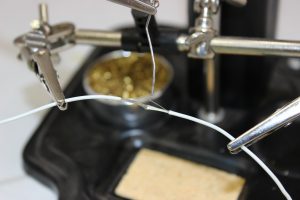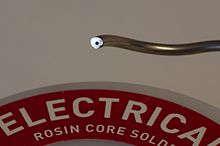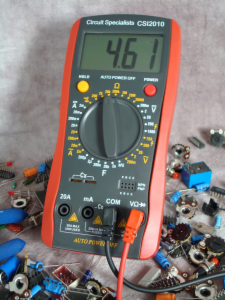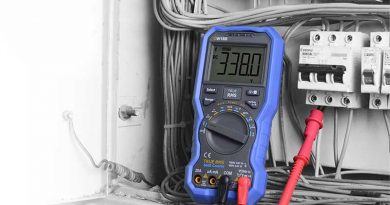Soldering Wire and Rosin Flux
Soldering wire is used in all types of electronic assemblies in use today. Since the variety of electronic assemblies is so great and varied, a wide range of solder and flux is available to produce optimal circuits and connections.
Solder is a blend of various materials that together produce a bonding material when heated and cooled. Solder joints create a robust connection between two metals. The composition of the two metals will determine the melting point of the solder. In this way, the solder wire may be manufactured to provide various requirements of the assembly. If the end product will be used in a high temperature environment such as under the hood in an automotive application then one can use a unique combination of materials to achieve the desired properties. The most common metals used in soldering wire are Lead (Pb) and Tin (Sn). Soft solder typically melts in the range of 190-900°F. Some assemblies require the elimination of lead from the solder due to its toxicity and in those cases some other elements would typically be substituted for the lead.

Soldering wire used in the electronics industry these days almost always contains a hollow core that is filled with flux. Flux is required to produce optimal electronic connections and is available in various configurations. Standard flux normally contains rosin but other materials are sometimes used to achieve specific results. For instance, a flux that is water soluble is utilized to allow cleaning of the solder joints with and high pressure aqueous cleaning system. Other configurations may be required if the materials being joined are especially contaminated.

Circuit Specialists carries several different soldering wire types using various metals and flux chemistry. Soldering wire is available in the standard 63/37 tin lead ratio as well as 60/40 and also has various types of lead-free solder wire that utilizes silver or antimony to replace the missing lead. Flux is also available in either paste or liquid form to satisfy the assembly methods and preferences of the assembly personnel.

